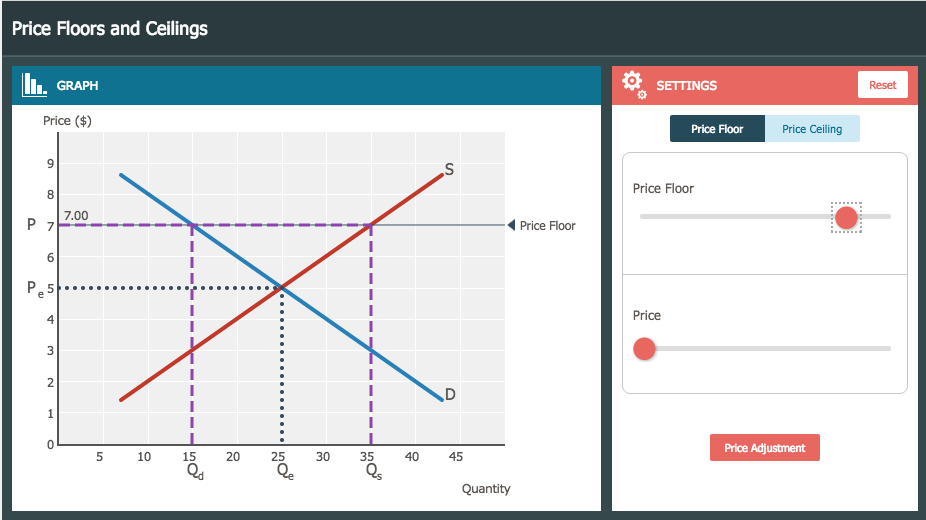
Economics Of Attention Pdf Viewer
Television Advertising and Online Shopping by Jura Liaukonyte, Thales Teixeira, Kenneth C. Wilbur. Publication Date: 10 October 2017. Publication Type: Academic Paper Media multitasking competes with television advertising for consumers’ attention, but may also facilitate immediate and measurable response to some advertisements.
This paper explores whether and how tele- vision advertising influences online shopping. We construct a massive data set spanning $3.4 billion in spending by 20 brands, measures of brands’ website traffic and transactions, and ad content measures for 1,224 com- mercials. We use a quasi-experimental design to estimate whether and how TV advertising influences changes in online shopping within two-minute pre/post windows of time. We use nonadvertising competitors’ online shopping in a difference-in-differences approach to measure the same effects in two-hour windows around the time of the ad. The findings indicate that television advertising does influence online shopping and that adver- tising content plays a key role.
The Economics of Attention: Style and Substance in the Age of Information [Richard A. Read author interviews, book reviews, editors picks, and more at the. The book The Economics of Attention: Style and Substance in the Age of Information, Richard A. Lanham is published. Economists of Attention 3.
Action-focus content increases direct website traffic and sales. Information-focus and emotion-focus ad content actually reduce website traffic while simultaneously increasing purchases, with a positive net effect on sales for most brands. These results imply that brands seeking to attract multitaskers’ attention and dollars must select their advertising copy carefully. Why, When, and How Much to Entertain Consumers in Advertisements? A Web-Based Facial Tracking Field Study by Thales Teixeira, Rosalind Picard, Rana el Kaliouby. Autodata crack dongle. Publication Date: 1 January 2018. Publication Type: Academic Paper The presence of positive entertainment (e.g., visual imagery, upbeat music, humor) in TV advertisements can make them more attractive and persuasive.
However, little is known about the downside of too much entertainment. This research focuses on why, when, and how much to entertain consumers in TV advertisements. We collected data in a large scale field study using 82 ads with various levels of entertainment shown to 178 consumers in their homes and workplaces. Using a novel web-based face tracking system, we continuously measure consumers’ smile responses, viewing interest, and purchase intent. A simultaneous Bayesian hierarchical model is estimated to assess how different levels of entertainment affect purchases by endogenizing viewing interest. We find that entertainment has an inverted U-shape relationship to purchase intent.

Importantly, we separate entertainment into that which comes before the brand versus that which comes after, and find that the latter is positively associated with purchase intent while the former is not.
